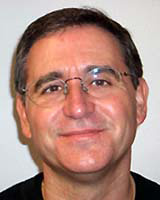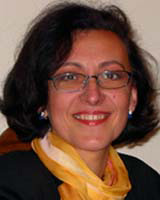Universal healthcare coverage is a right, and that includes emergency health care. The community expects such requirements to be within their reach, including all human and technological resources necessary for rapid and high-quality health assistance in an emergency. Access to and delivery of emergency care in rural areas is recognized as more difficult than that in urban areas. This paper summarizes the discussion that took place during the EURIPA Day Meeting (Belgrade, June 2004).
EURIPA declaration and some barriers to effective rural emergency care
Despite the fact that EURIPA has its own 'Declaration on Rural and Emergency Care' (Fig 1), the authors have submitted some additional proposals to assist in overcoming the major barriers to emergency healthcare in rural areas (Fig 2), in order to complete the Declaration.
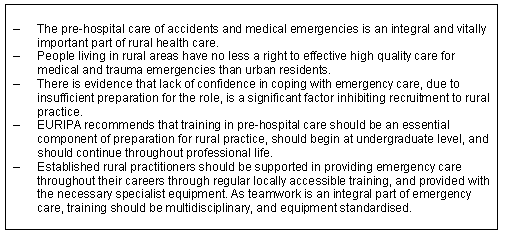
Figure 1: The EURIPA Declaration on Rural Emergency Care
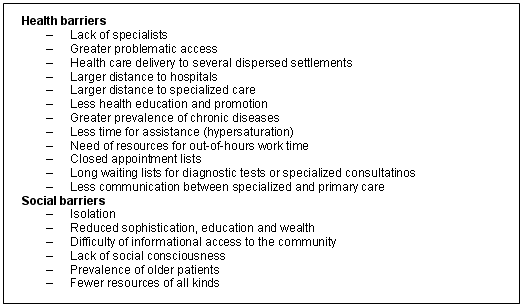
Figure 2: Barriers to effective rural emergency practice (vs urban)
Future of emergency health care in rural areas
The 20% of the European population that comprises the rural community needs special management of emergency health care, different from what is available in urban areas. Due to long distances to hospitals and other specific barriers (Fig 2), special primary care consideration and health promotion is needed.
To show the way ahead, the authors believe that more is needed than the previous recommendations. For that purpose, we have now completed the EURIPA Declaration by adding the following 'problems and proposals for improvement'1-12 (Table 1):
Table 1: Problems and proposals for improvement
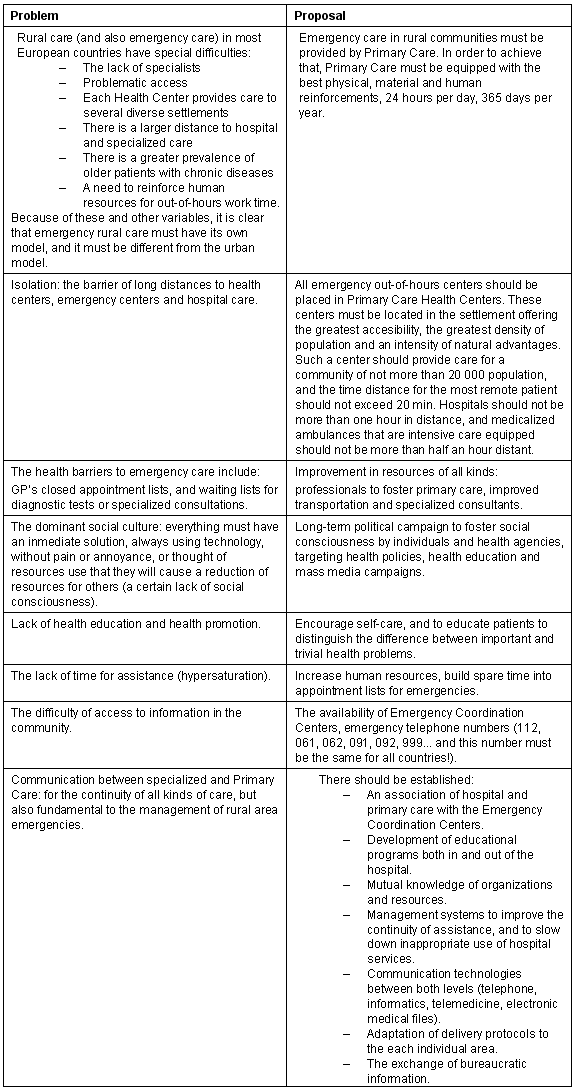
Conclusions
One in five persons dwell or work in a rural environment in the new European Union Region. The European rural community has its own characteristics: older patients, a lower socioeconomical status, isolation, and others factors. These facts reinforce the notion that rural health care - and specifically emergency care - needs its own management, and that this must be improved.
Due to the barriers to access and delivery in rural areas, investment in resources of all kinds (human, material, social) is needed in order to provide the same efficient care as in urban areas.
Primary health care has been demonstrated to be the most cost-effective system for rural care. Even though some hospitals are located in rural areas, emergency care policies should foster delivery of emergency care in primary care centers. Policies for emergency care should also foster specific medical emergency care education for health professionals.
Acknowledgements
The authors would like to thank all the participants in the EURIPA Day 2004 for their agreement with this presentation, and especially Dr John Wynn-Jones (President of EURIPA).
References
1. Abreu Galán MA, Canals Aracil M, de Dios Sanz JJ, González Duque A, Roset Monrós P, Salas Álvarez del Valle FJ. Nuestro trabajo diario [Our daily job]. Revista de la Sociedad Madrileña de Medicina de Familia y Comunitaria. March 2003; 1: 21-23. [In Spanish]
2. Acevedo Gragera J, Mateos Delgado J. Urgencias a domicilio en un Centro de Salud rural [Home emergency care in a rural health care center]. Salud Rural 2003; 19(2): 1-8. [In Spanish]
3. Aramburu Vilariño FJ. Los servicios de urgencias y la medicina general [Emergency services and general medicine]. Emergencias 2001; 13: 4-7. [In Spanish]
4. Consellería de Presidencia y Administración Pública. Xunta de Galicia. Sanidad: ordenación de la Atención Primaria [Put in order of the Primary Health Care]. Decreto 29 Julio 1993, núm 200/1993. [In Spanish]
5. Consellería de Sanidad y Servicios Sociales. Xunta de Galicia. Plan de Urgencias Extrahospitalarias de Galicia [The Galician Out of Hospital Emergency Care Plan]. Decreto 18 de Mayo de 1995, núm 172/1995.
6. Ellis I. Is telehealth the right tool for remote communities? Improving health status in rural Australia. Contemporary Nurse 2004; 16: 163-168.
7. Gruen RL, Weeramanthri TS, Knight SE, Bailie RS. Consultorios de extensión de especialistas en el ámbito de atención primaria y hospitales rurales [Out of hospital specialist offices in rural areas and rural hospitals]. In: The Cochrane Library Plus. Oxford: Update Software [In Spanish].
8. Hartley D, Gale J. Tools for monitoring the health care safety net: rural health care safety nets. (Online). Available: http://www.ahrq.gov/data/safetynet/hartley.htm (Accessed 16 March 2004).
9. Henderson T. National Conference of State Legislatures Rural Health Brief Emergencies medical services in rural areas: How can states ensure their effectiveness? (Online) August 2000. Available: http://www.ncsl.org/programs/health/Forum/ruralems.htm (Accessed: 28 July 2004).
10. How Does the rural health care program work?. (Online). Available: http://www.fcc.gov/cgb/consumerfacts/usp_RuralHealthcare.pdf (Accessed: 28 July 2004).
11. Husum H, Gilbert M, Wisborg T. Training pre-hospital trauma care in low-income countries: the 'Village University' experience. Medical Teaching 2003; 25: 142-148.
12. Williams T, May C, Mair F, Mort M, Gask L. Normative models of health technology assessment and the social production of evidence about telehealth care. Health Policy 2003; 64: 39-54.
Abstract
Universal healthcare coverage is a right, and that includes emergency health care. The community expects such requirements to be within their reach, including all human and technological resources necessary for rapid and high-quality health assistance in an emergency. Access to and delivery of emergency care in rural areas is recognized as more difficult than that in urban areas. In this report, following the EURIPA meeting in June 2004, the authors determine the problems of dealing with emergencies in the rural healthcare context, and also make proposals for improvement.
Key words: emergencies, rural emergency care.
You might also be interested in:
2020 - Organophosphate exposure and the chronic effects on farmers: a narrative review

